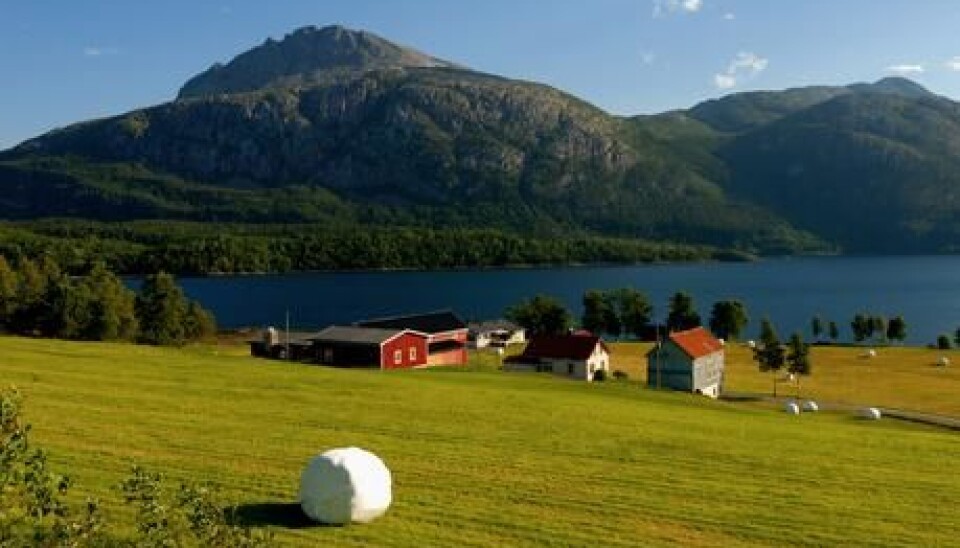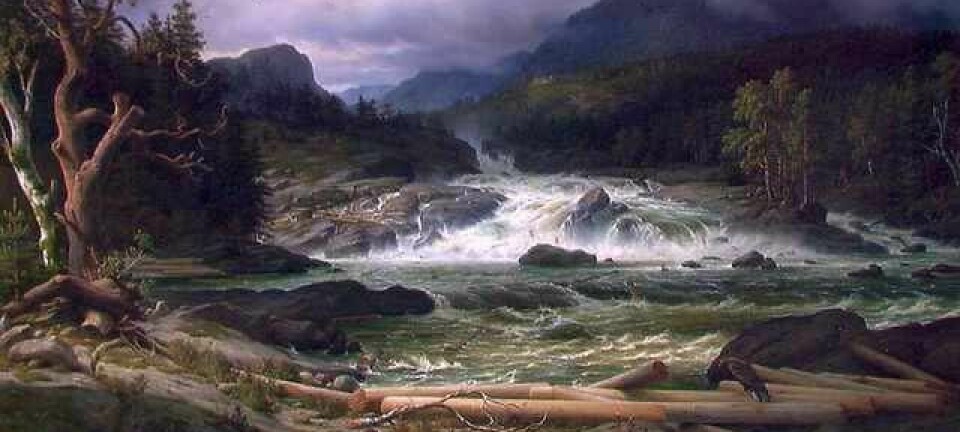This article was produced and financed by The Research Council of Norway

Climate change can lengthen growing season
Across much of Norway, the agricultural growing season could become up to two months longer due to climate change. This creates new opportunities for the farmers.
Denne artikkelen er over ti år gammel og kan inneholde utdatert informasjon.
Scientists expect the global mean temperature to rise in the future.
One consequence is that by the end of this century, Norwegian farmers could be growing their crops for up to two months longer. In areas of higher elevation, in fact, the difference could turn out to be three months.
The growing season is defined as the number of days with an average temperature of at least 5°C.
Exploiting a warmer climate
A warmer climate would open up several exciting opportunities for Norwegian agriculture.

Thermophilic - warm-weather - crops could be cultivated farther north, and multiple harvests may be possible each summer, as is common at more southerly latitudes.
“Since the climate is likely becoming warmer, Norwegian farmers should take advantage of the new opportunities this entails,” says Meteorologist Inger Hanssen-Bauer.
More tree diversity and more storage of CO2
The project describes a number of interesting developments that may occur if climate change continues on its present course.
Not only is a longer growing season for agriculture expected, but also more forest growth. The tree line will advance even further north, and Norway’s most common tree species, the Norway spruce, will have to compete more with deciduous trees such as oak, beech and ash.
“This will allow forest managers to think along new lines,” says Hanssen-Bauer.
More forest growth will also bind more CO2 – so the forests of Norway, Sweden and Finland could store even greater amounts of global carbon dioxide emissions.
But a warmer climate would also have some negative impacts for Norway’s forests. For instance, insect pests such as ticks would range across larger swaths of the country, and several new wood-decaying fungi could be invading Norwegian forests.
Challenges for farmers
Agriculture would also face some major challenges. As the growing season begins earlier and earlier, the risk of frost damage increases. And it is not clear what needs to be done to ensure that plants thrive through the entirety of the longer growing season.
“A warmer climate means the growing season extends longer into the autumn,” Bauer-Hanssen points out.
“But near the end of the season, the weak daylight here in the north would be a limiting factor. Plants stop growing without enough light, even if the climate is warm.”
Translated by: Darren McKellep/Carol B. Eckmann
































